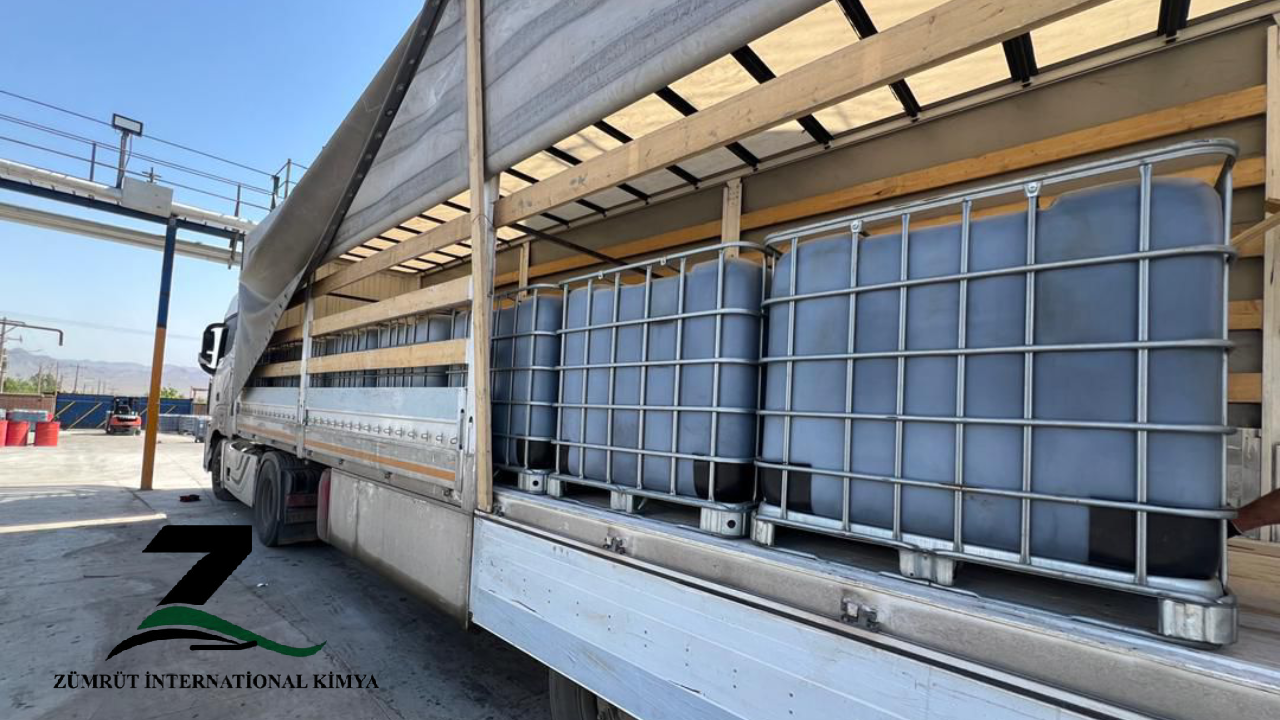
Cationic Asphalt K1-70 Description
Cationic Asphalt K1-70 is a type of bitumen emulsion used in road construction. It consists of bitumen dispersed in water with the aid of a cationic emulsifying agent. The “K1-70” designation typically refers to the viscosity of the emulsion, with “K1” indicating a medium setting emulsion and “70” representing the viscosity grade. This type of emulsion is commonly used for surface treatments, tack coats, and prime coats in road paving applications.
Bitumen Emulsion is made up of three basic ingredients which include Bitumen, an emulsifying agent and water. Cationic Bitumen Emulsion K1-70 containing minimum 67% bitumen, is commonly used for Tack-Coating. It is a medium viscosity cationic rapid-set bitumen emulsion used mainly for tack coating in normal overlay and patching work. Bitumen K1- 70 bitumen emulsion can also be used in grouting. bitumen Emulsion K1-70 cationic bitumen emulsion is made according to KS 02-769: 1990 standard.
bitumen Emulsion is made up of three basic ingredients which include Bitumen, an emulsifying agent and water. Asphalt K1-70 containing minimum 67% Bitumen, is commonly used for Tack-Coating. It is a medium viscosity emulsion used mainly for tack coating in normal overlay and patching work. Tack Coat K1- 60 bitumen emulsion can also be used in grouting. Tack coat K1-70 is made according to Malaysian Standard, MS 1.61 (1994).
Application of Bitumen Emulsion K1-70
Asphalt K1-70 has various applications in road construction:
- Tack Coat: It can be applied as a tack coat to promote adhesion between layers of asphalt pavement. This helps in bonding the new asphalt layer to the existing pavement surface.
- Prime Coat: It can serve as a prime coat, applied to the base course or granular subbase to waterproof the surface and improve the bond between the base and the subsequent asphalt layers.
- Surface Treatment: It can be used in surface treatments such as chip seals or slurry seals to provide waterproofing, sealing, and skid resistance to the road surface.
- Pothole Repair: It can also be used for patching and repairing potholes, providing a quick and effective solution for pavement maintenance.
Comparison between cationic Asphalt k1-60 and k1-70
The main difference between cationic bitumen emulsion K1-60 and K1-70 lies in their viscosity grades:
- Viscosity : K1-60 has a lower viscosity compared to K1-70. This means that K1-60 is less viscous and flows more easily than K1-70.
- Application : Due to its lower viscosity, K1-60 is often used in applications where better penetration and coating are required, such as in tack coats or surface treatments. On the other hand, K1-70, with its higher viscosity, may be more suitable for applications where greater residual binder is needed, such as in prime coats.
- Performance : The choice between K1-60 and K1-70 may also depend on the specific performance requirements of the project, such as climate conditions, traffic volume, and pavement type.
In summary, while both K1-60 and K1-70 are cationic bitumen emulsions used in road construction, the key difference lies in their viscosity grades, which influence their flow properties and suitability for different applications.

Packing of Cationic Emulsion Bitumen K1-70
- Bulk as IBC Tank, Flexi Tank
- Reconditioned steel drums 200 lit.
- New steel drums 200 lit.
Cationic Bitumen Emulsion K1-70 Specification
| No | Property | Result |
| 1 | Particle charge | Pos. |
| 2 | Residue on 710 um KS sieve (%)(m/m), maximum | — |
| 3 | Residue on 150 um KS sieve (g per 100 mL), maximum | — |
| 4 | Binder content (%)(m/m), minimum | 67 |
| 5 | Viscosity (degrees Engler (°E) at 20°C | — |
| 6 | Viscosity redwood No. II (s at 85°C) | 25-35 |
| 7 | Storage stability (long period test) % water content difference, maximum | — |
Cationic Bitumen Emulsion K1-70 Specification



